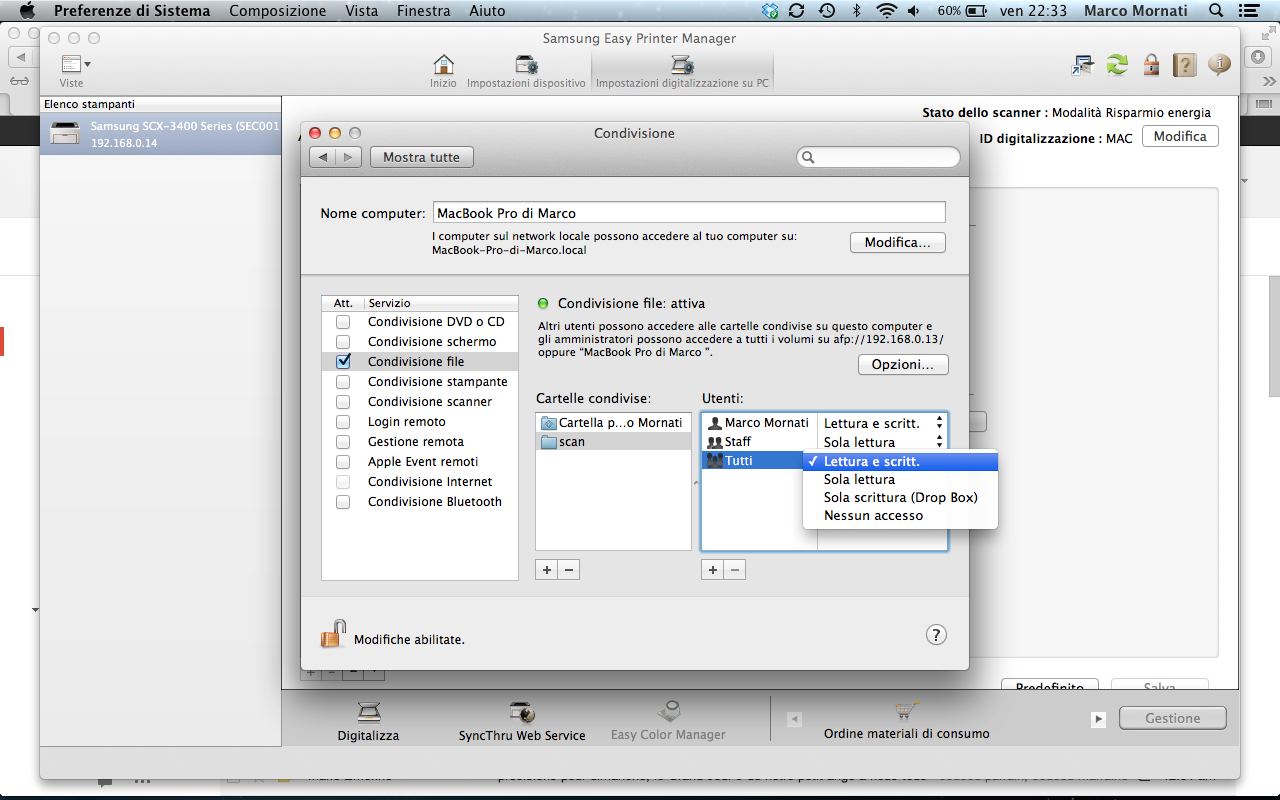Launch Android Studio and open AVD Manager (Tools AVD Manager). If you have an existing virtual device, click Edit button and simply select the downloaded Emulator Skin. Otherwise, click Create Virtual Device in AVD Manager. In Virtual Device Configuration, click New Hardware Profile to create a profile for your new virtual device.
What You Need

Android Studio and Android SDK
At least one platform installed in Android SDK > Platform
Downloaded Galaxy Emulator Skin
- Coolmuster Android Assistant for Mac Manage Android Smartphones and Tablets on Mac with No Sweat! This Mac version of Android Assistant is an indispensable data manager for Android devices, which allows users to edit, transfer and manage various types of Android files, including contacts, messages, call logs, books, apps, media files and more directly on Mac computer.
- Samsung Messages Backup. The all-round Samsung Messages Backup is a life saver for people who want to save the precious files out of mobile phones forever. With it, you can: - Back up everything from Android to PC or Mac; - Import/export, add, delete or edit Android messages and other files; - Re-send, forward, delete and copy Android SMS on.
How To Use
Download your preferred Galaxy Emulator Skin.
Extract the downloaded skin and copy it in Android Studio > plugins > android > lib > device-art-resources.
Launch Android Studio and open AVD Manager (Tools > AVD Manager).
If you have an existing virtual device, click Edit button and simply select the downloaded Emulator Skin. Otherwise, click Create Virtual Device in AVD Manager.
In Virtual Device Configuration, click New Hardware Profile to create a profile for your new virtual device.
Fill in the specification of your virtual device.
Note :Screen size and Resolution should match the Emulator Skin to be used.
In the Default Skin, select the downloaded Emulator Skin.
Or locate it by clicking the ... button beside the Default Skin dropdown menu. Click OK then Finish.
The Hardware Profile for your virtual device has been created. Proceed by selecting its System Image.
Note :Make sure that you have at least one system image downloaded before you can proceed.
Verify all configuration and check if the Emulator Skin is applied by clicking Show Advanced Settings.
Launch the newly created virtual device in the AVD Manager.
Afterwards, your virtual device with its Galaxy Emulator Skin will appear.
Tips on Using Emulators

By clicking the ... (More) in the toolbar beside the emulator, you will see the Extended Controls window. Click Help to see the list of Keyboard shortcuts.
The buttons and other controls on the emulator work as they would on the actual device. For example, clicking on the home button will bring up the home screen.
Tweak the AVD hardware configuration to speed up your emulator. Increasing the memory or setting the screen to a smaller size gives a minor performance increase.
When starting an AVD, you may select a screen size suitable to your computer to enlarge or reduce the size of the emulator.
Samsung Manager For Pc
Emulator Limitations
In this release, the emulator lacks support for the following features:

Samsung Drive Manager For Mac
Placing or receiving actual phone calls. However, you can simulate phone calls (placed and received) through the emulator console.
USB connections
Back camera/video capture. Front camera works if you have a webcam installed on your computer.
Device-attached headphones
Determining SD card insert/eject
Bluetooth
